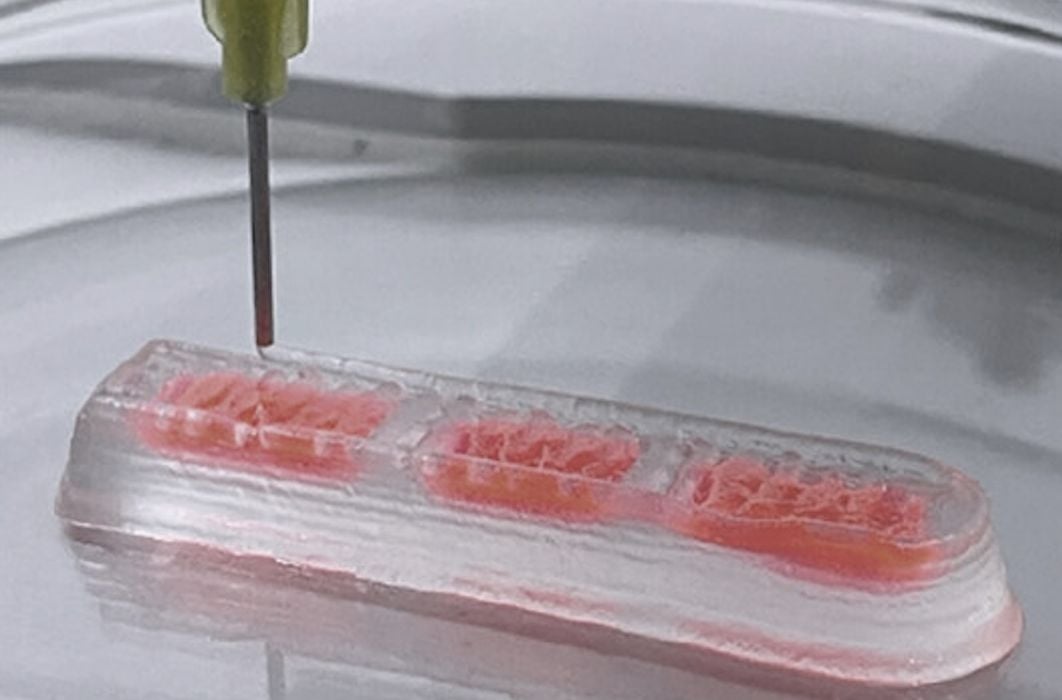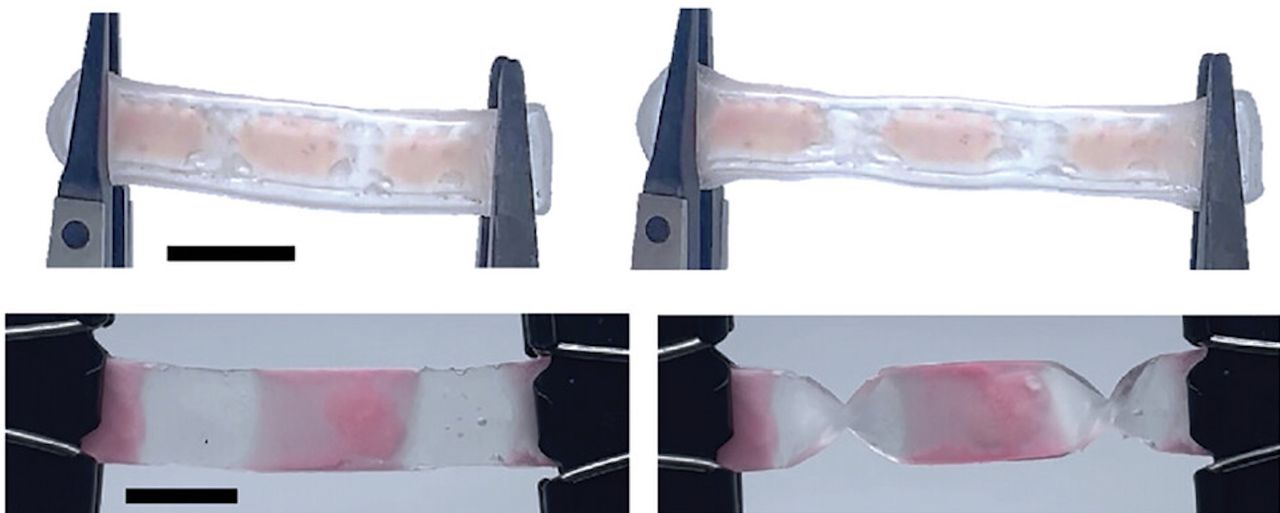
Researchers have developed a unique approach to direct ink writing that has the ability to vary softness throughout the print.
Soft parts are becoming far more interesting due to the increasing use of robotic technologies. End-effectors made from soft materials are easily able to handle a variety of objects, even if they are fragile — just like your own fingers.
These are typically made from elastomer materials, but there’s a problem: regardless of the process used to 3D print or mold an elastomer, its properties remain the same throughout the object. One end is the same hardness as the other.
The researchers sought a way to vary the hardness, and their approach was to develop a double network granular elastomer (DNGE). This is a combination of two materials that’s been previously made, but those DNGEs are not printable.
Here the researchers have developed a hybrid material that formulates elastomers as microparticles, using an emulsion of reagent-loaded oil in water. These elastomer precursors have sufficient material to enable a second generation polymerization network.

That’s the key to their approach: the two networks in the final parts each contribute to the engineering properties of the object. They are able to vary the final properties by varying the ratio and strength of the dual networks.
The process is quite complex and involves a number of steps and materials, and I recommend you read their paper for full details.
The result of the work is a material that can be 3D printed on any bioprinter using a direct write process. As an example, they were able to print a “finger”: an object with a rigid internal “bones”, but with a soft external skin.
That sounds ideal for robotic applications.
Via Wiley
